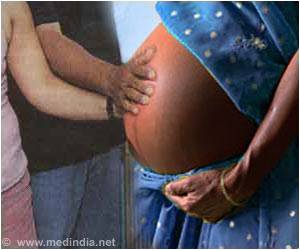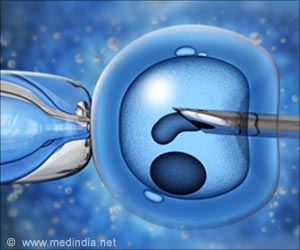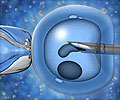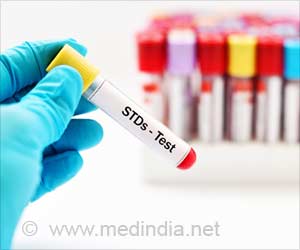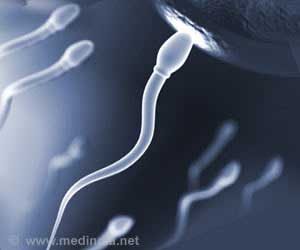People who cannot conceive for physical reasons, same-sex couples or postmenopausal women could potentially use in-vitro gametogenesis (IVG) for reproduction.

‘In-vitro gametogenesis (IVG) facilitates multiplex parenting by allowing same-sex couples to have biologically related children without using gamete donors.’





“IVG could play a role in efforts to have a healthy or enhanced child by making prenatal selection much easier and more robust. It could, for example, be used to create many more embryos for preimplantation genetic diagnosis than we can today, vastly refining the ability to select embryos,” said professor Sonia Suter.“This new technique facilitates multiplex parenting, where groups of more than two individuals – whether all male, all female, or a combination – procreate together, producing children who are the genetic progeny of them all,” she added.
The basic science that lies behind IVG is that any cells can be made to develop into sperm or egg cells, known collectively as gametes. It literally means that a woman can produce a sperm cell and a man can produce an ovum.
Same-sex couples currently rely on gamete donors when using assisted reproductive technologies (ART) such as artificial insemination or IVF with a surrogate. But IVG seems to be totally a different ART compared to these as it allows same sex couple to have babies without using gamete donors. The study was published in the Journal of Law and the Biosciences.
Source-Medindia


